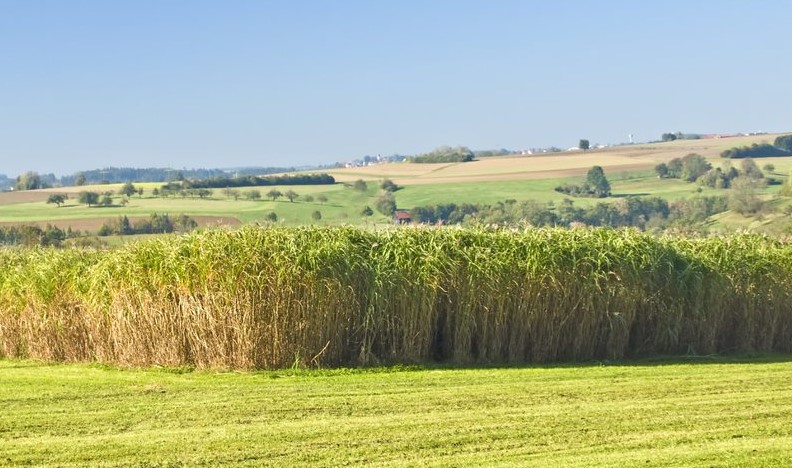Biomass crops are non-food plants cultivated for the purposes of energy production. Sometimes referred to as energy crops, they have a high potential energy content or calorific value.
For resources and information on Biomass crops, visit Biomass Connect
Visit Envirocrops - a free data-driven web app to compare the suitability of biomass crops across the UK.
Please share any information, tools or resources related to biomass crops


